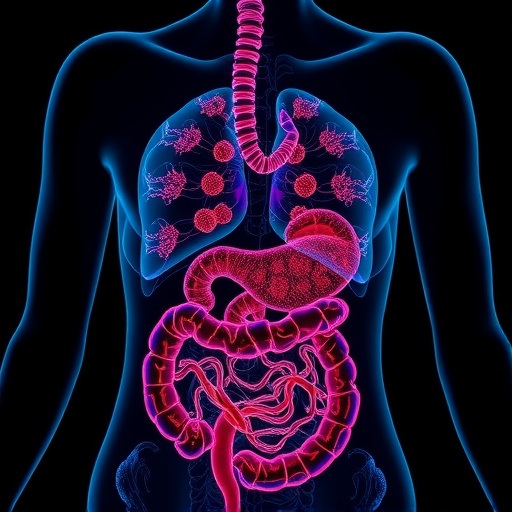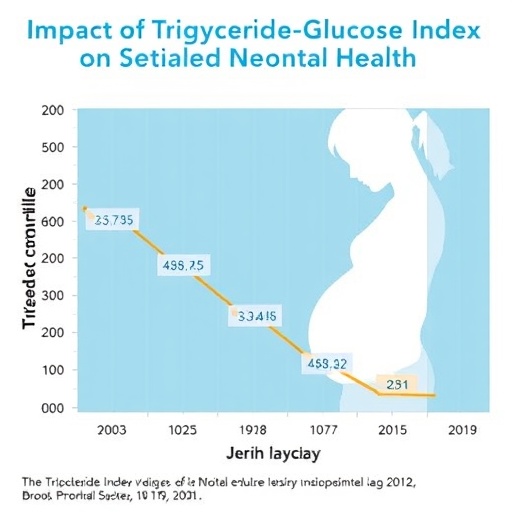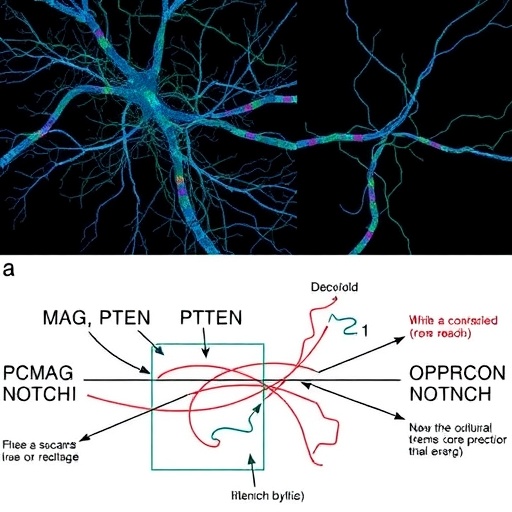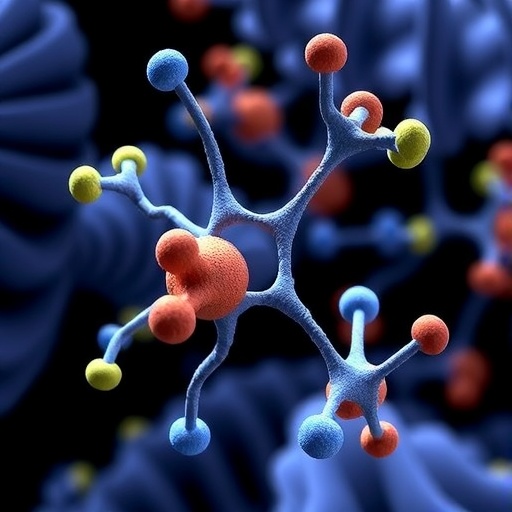PROTECT YOUR DNA WITH QUANTUM TECHNOLOGY
Orgo-Life the new way to the future Advertising by AdpathwayIn a groundbreaking development in the realm of computational biology, researchers have introduced a new framework named EDG-PPIS, which stands for Equivariant and Dual-Scale Graph Network for Protein–Protein Interaction Site prediction. This innovative approach promises to significantly enhance the prediction of interaction sites between proteins, a critical aspect of understanding cellular processes, disease mechanisms, and the development of therapeutic strategies.
Proteins are fundamental building blocks of life, responsible for a myriad of biological functions. They do not operate in isolation; rather, they engage in a complex web of interactions known as protein-protein interactions (PPIs). These interactions determine the functionality of proteins within biological systems, thus influencing a variety of physiological processes. The prediction of potential interaction sites is crucial in designing drugs and understanding the signaling pathways that govern health and disease.
The EDG-PPIS framework utilizes a novel graph neural network approach, which has gained traction in various fields due to its ability to model complex relational data effectively. By treating proteins as nodes in a graph, researchers can represent the intricate relationships between different protein structures, creating a comprehensive map of potential interaction sites. This representation allows for the integration of spatial and feature information, improving the accuracy of predictions.
One of the most significant features of EDG-PPIS is its dual-scale capability. This allows the model to capture interactions on both the local and global levels. While local interactions provide insight into how individual amino acids might interact on the surface of a protein, global interactions help to understand the larger structural dynamics at play. This dual perspective is crucial for accurately modeling the multifaceted nature of protein interactions.
Furthermore, the model is designed to be equivariant, which means it can maintain its predictive performance regardless of the orientation of the input data. In the context of protein structure, this is particularly important, as proteins can adopt multiple conformations. This flexibility ensures that the model remains robust across different protein configurations, which is a common challenge in traditional modeling approaches.
The implications of this research extend far beyond academic curiosity. Predictions derived from the EDG-PPIS framework could revolutionize how researchers approach drug discovery. By accurately identifying interaction sites, scientists could develop inhibitors or modulators that specifically disrupt or enhance protein interactions, leading to more targeted therapies. This could be particularly beneficial in treating diseases where dysregulated protein interactions play a central role, such as cancer, neurodegenerative disorders, and infectious diseases.
Moreover, the potential for collaboration among various disciplines within biology and computational science is immense. The researchers argue that integrating EDG-PPIS into existing pipelines could facilitate interdisciplinary work, accelerating discoveries in both basic and applied research fields. As biologists, chemists, and computer scientists collaborate, the synergy could unleash innovative strategies for addressing complex biological questions.
As with any new technology, the evaluation of its performance against existing models is critical. The research team has conducted extensive benchmark tests comparing EDG-PPIS with other prevalent models in the field. Early results are promising, indicating that EDG-PPIS not only rivals but often outperforms existing methods in terms of accuracy and computational efficiency. This combination of precision and speed is essential for tackling the large-scale datasets commonly encountered in genomics and proteomics.
The researchers emphasize the importance of transparency and accessibility in scientific research. To support further validation and facilitate community engagement, they have made the code for EDG-PPIS publicly available. This openness invites other researchers to build upon their work, fostering a culture of collaboration and innovation. As the scientific community works to solve complex biological puzzles, sharing tools and methodologies will be key in advancing collective knowledge.
Looking ahead, the potential for EDG-PPIS to adapt and evolve with advancements in artificial intelligence is notable. As machine learning techniques continue to improve, the integration of more sophisticated algorithms could further enhance the predictive capabilities of the model. Researchers are already exploring the incorporation of multi-modal data, where structural, functional, and contextual information about proteins can be leveraged to refine and optimize predictions.
The application of EDG-PPIS is not restricted to human proteins alone. The model’s versatile architecture could be tailored to predict interactions in a wide array of organisms, thereby broadening its utility. This adaptability could pave the way for innovations in fields such as agriculture, where understanding plant protein interactions could lead to the development of crops with enhanced resistance to pests or environmental stressors.
As this research gathers momentum, the intersection of biology and artificial intelligence will undoubtedly lead to further breakthroughs. The implications of a reliable, high-fidelity model for predicting protein-protein interaction sites extend into numerous domains, potentially affecting not just how we understand biology, but how we approach medicine, agriculture, and even bioengineering. As with any significant technological advancement, the true impact of EDG-PPIS will become clearer as it undergoes rigorous validation and iterative improvement.
In conclusion, the introduction of the EDG-PPIS framework marks a significant milestone in the field of protein interaction prediction. By harnessing the power of graph neural networks and establishing an innovative dual-scale and equivariant model, researchers have provided the community with a valuable tool. As scientists continue to explore the implications of this advanced technology, it is clear that the future of computational biology is interwoven with predictive modeling techniques, revealing pathways toward a deeper understanding of life at the molecular level.
Subject of Research: Protein-protein interaction site prediction using graph neural networks.
Article Title: EDG-PPIS: an equivariant and dual-scale graph network for protein–protein interaction site prediction.
Article References:
Zhang, Z., Li, Z., Li, W. et al. EDG-PPIS: an equivariant and dual-scale graph network for protein–protein interaction site prediction.
BMC Genomics 26, 862 (2025). https://doi.org/10.1186/s12864-025-12084-w
Image Credits: AI Generated
DOI:
Keywords: Protein-protein interactions, graph neural networks, predictive modeling, computational biology, drug discovery.
Tags: cellular processes and signaling pathwayscomplex relational data modelingcomputational biology advancementsdrug design and developmentEDG-PPIS frameworkenhancing prediction accuracy in biologygraph neural network in biologynovel approaches in protein interactionsprotein interaction sites predictionprotein structure relationshipsprotein-protein interaction predictiontherapeutic strategies for diseases


 6 hours ago
3
6 hours ago
3





















 English (US) ·
English (US) ·  French (CA) ·
French (CA) ·